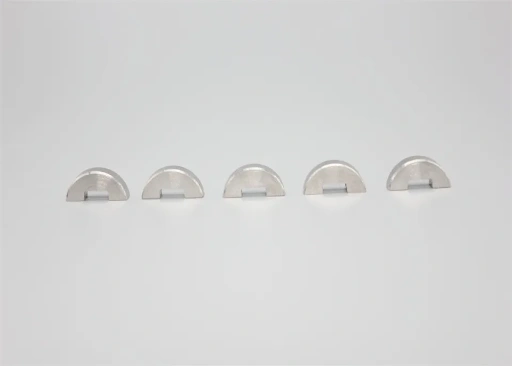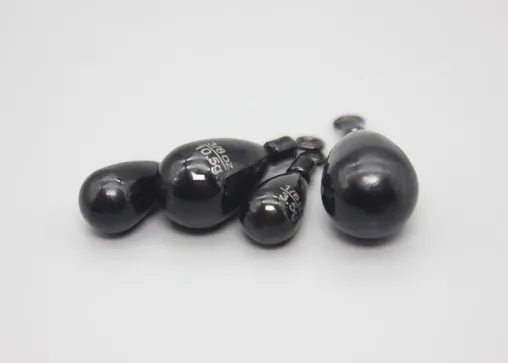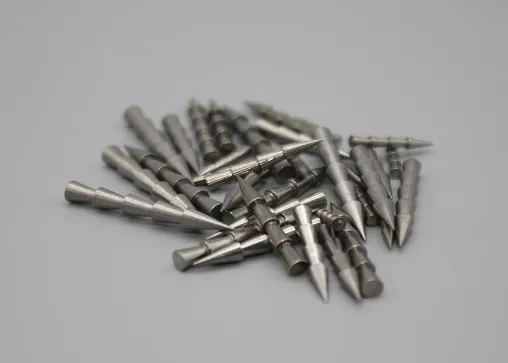Can Tungsten Alloys Be Used to Make a Crankshaft Balancing?
Crankshaft balancing is a critical aspect of engine performance, ensuring smooth operation and minimizing vibrations. While traditional balancing materials like steel and lead have been widely used, tungsten alloys have emerged as a superior alternative due to their exceptional density and mechanical properties. This article explores the feasibility of using tungsten crankshaft components for balancing applications, especially in high-performance industries such as aerospace and automotive engineering.
A crankshaft is responsible for converting linear motion into rotational motion in an internal combustion engine. However, due to the irregular mass distribution of pistons and connecting rods, an unbalanced crankshaft can cause excessive vibrations, leading to:
- Increased wear and tear on engine components
- Reduced engine efficiency and performance
- Higher levels of noise and discomfort in vehicles
- Potential damage to surrounding structures in high-speed applications
To counteract these issues, engineers incorporate balancing weights into the crankshaft design. This is where tungsten balancing materials come into play.
Tungsten alloys are an excellent choice for crankshaft counterweights due to their:
(1) High Density
Tungsten alloys have a density of around 19.3 g/cm³, significantly higher than steel (7.8 g/cm³) and lead (11.3 g/cm³). This allows for:
- Compact balancing solutions: Smaller tungsten counterweights provide the same effect as larger traditional weights, optimizing space efficiency.
- Better weight distribution: Reducing the overall size of the crankshaft counterweights helps maintain structural integrity and improve performance.
(2) High Strength and Durability
Tungsten alloys offer superior mechanical properties, including:
- Excellent resistance to wear and fatigue
- High-temperature stability, making them ideal for high-performance engines
- Corrosion resistance, ensuring longevity in harsh environments
These properties make tungsten a preferred material for tungsten alloy shafts for aerospace (Product Link), where extreme conditions demand durable and reliable components.
(3) Enhanced Performance in High-Speed Applications
In industries like motorsports and aerospace, where every gram of weight and balance adjustment matters, tungsten balancing weights help achieve:
- Reduced vibration and noise levels
- Increased rotational efficiency
- Extended engine lifespan
For instance, in aircraft engines and high-performance race cars, tungsten counterweights are used to fine-tune crankshaft dynamics, ensuring smooth and precise power delivery.
Given its superior properties, tungsten crankshaft balancing is increasingly used in:
- High-performance automotive engines: Sports cars, Formula 1 vehicles, and high-performance motorcycles require precise weight distribution.
- Aerospace propulsion systems: Aircraft turbines and jet engines benefit from tungsten’s high-density counterweights for stability and durability.
- Industrial machinery: Heavy-duty machines and marine engines use tungsten to improve operational efficiency.
While tungsten alloys offer numerous benefits, there are some considerations:
- Cost: Tungsten is more expensive than traditional materials, though its long-term durability offsets initial expenses.
- Machining Complexity: Due to its hardness, tungsten requires specialized tools and techniques for manufacturing crankshaft components.
- Availability: Not all manufacturers produce high-quality tungsten components suitable for crankshaft balancing, making supplier selection crucial.
ungsten alloys can be effectively used for crankshaft balancing, providing unmatched density, strength, and durability. Whether in tungsten alloy shafts for aerospace (Product Link) or automotive applications, tungsten plays a key role in enhancing engine performance. As industries continue to demand high-performance solutions, the adoption of tungsten crankshaft balancing will likely grow, offering significant advantages over conventional materials.

 EN
EN AR
AR FR
FR DE
DE HI
HI IT
IT JA
JA KO
KO PT
PT RU
RU ES
ES ID
ID LV
LV VI
VI HU
HU MS
MS GA
GA BE
BE YI
YI EU
EU


